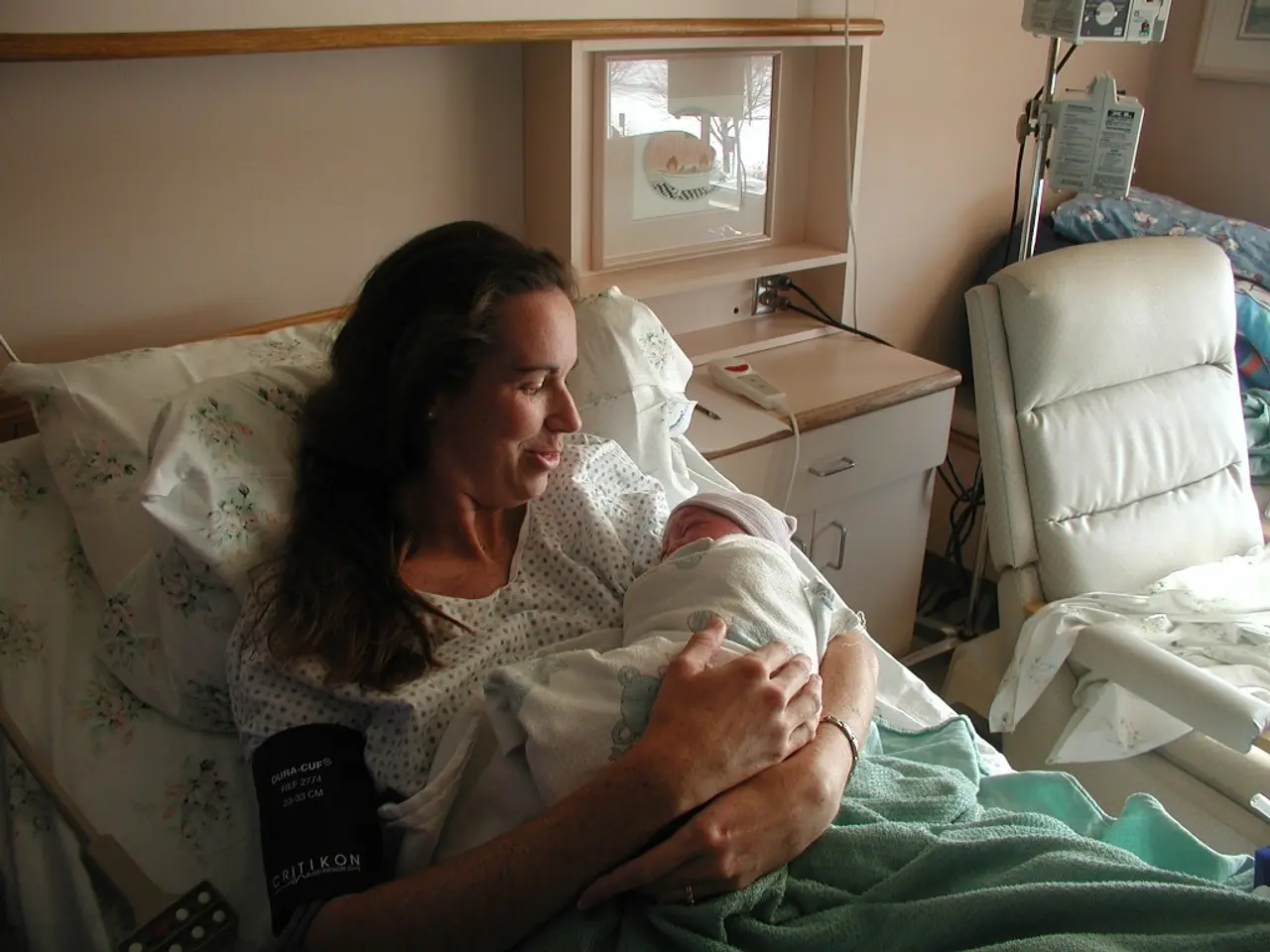Rising Autism Diagnoses: Insights into the Growing Prevalence
A Rise in Autism Awareness and a Debate on Prevalence
In recent times, the internet has been buzzing with personal stories of living with autism, leading to increased awareness and acceptance of this neurodevelopmental condition. However, the discussion has also given birth to questioned claims about the apparent rise in autism diagnoses, especially in the United States.
One of the most vocal critics on this topic is US Federal Health Secretary Robert F. Kennedy Jr. He has suggested that autism is an "epidemic" and that it is on the rise at an alarming rate. But, is there any truth to his claims, and what does the scientific evidence say?
We reached out to David Cutler, a board-certified family medicine physician at Providence Saint John's Health Center in Santa Monica, CA, to help us fact-check these contentious assertions.
Is There an Autism 'Epidemic'?
At a press conference on April 16, 2025, Kennedy spoke about a new report on autism prevalence in children, stating that autism has become an "epidemic" due to a rapid increase in its prevalence. According to the Centers for Disease Control and Prevention (CDC), one out of every 36 children in the U.S. has a diagnosis of autism—an increase from one in 44 children in 2021.
However, Cutler notes that this rise in autism diagnoses is not indicative of an actual increase in prevalence but rather the result of expanded diagnostic criteria, improved awareness, and enhanced screening practices.
Over the past decades, the definition of autism has broadened. Previously, the diagnosis was reserved for individuals with severe impairments. With the introduction of the DSM-5 in 2013, conditions like Asperger's syndrome and pervasive developmental disorder - not otherwise specified, were incorporated under the umbrella-term 'autism spectrum disorder' (ASD). This change has led to more individuals, particularly those with milder symptoms, receiving an autism diagnosis.
Additionally, better screening and diagnostic practices have helped in the early identification of children with autism, including those with less pronounced symptoms. Greater awareness among parents, educators, and healthcare providers has also contributed to more children being evaluated and diagnosed. Lastly, diagnostic substitution, which refers to the shift from diagnosing conditions like intellectual disabilities or learning disorders to ASD, has increased the number of autism diagnoses.
The Role of Environmental Factors and Genetics in Autism
In the press release, Kennedy, again, emphasized the importance of 'environmental exposure' to toxins in causing autism, while downplaying the role of genetic heritability. However, Cutler states that genetic factors play a significant role in autism and that many large studies show that autism often runs in families. For instance, one meta-analysis of seven twin studies, published in 2015, suggested that genetics is the highest risk factor for autism.
Nevertheless, Cutler acknowledges that some environmental factors may also contribute to the risk of developing autism. Studies suggest that factors like parental age, exposure to certain chemicals, and complications during birth have been associated with an increased likelihood of developing autism. Nevertheless, it is important to note that these environmental factors typically occur before or during birth.
In brief, while autism diagnoses may be on the rise, the primary reasons for this lie in advancements in understanding, diagnosing, and recognizing autism across diverse populations. Environmental factors may play a role, but they are part of a complex interplay with genetics and do not account for the majority of the increase in diagnoses. The scientific evidence emphasizes a nuanced view of autism's causes, considering both genetic predispositions and environmental influences prior to birth.
Enrichment Data
- Genetics: Autism is highly heritable, with over 100 genes associated with the disorder. Genetic mutations and inherited traits significantly contribute to the risk of developing autism. Families with a history of autism are at increased risk of having another child with the disorder.
- Environmental Factors: Factors such as maternal infections, certain medications (e.g., valproic acid), and parental age can influence autism risk. These exposures typically occur before or during birth. Environmental pollutants might play a role in autism risk, but the evidence is not conclusive, and these factors are believed to interact with genetic predispositions rather than being the sole cause.
- The Rise in Autism Diagnoses: The apparent increase in autism diagnoses is largely attributed to improved awareness, expanded diagnostic criteria (e.g., DSM-5), and enhanced screening practices. The inclusion of milder symptoms under the autism spectrum disorder (ASD) umbrella has led to more diagnoses, particularly for conditions previously known as Asperger’s syndrome and pervasive developmental disorder.
- Claimed Role of Environmental Toxins: Robert F. Kennedy Jr.'s assertions that environmental toxins are primarily responsible for the rise in autism cases are not supported by the scientific consensus. While environmental factors contribute, they are part of a complex interplay with genetics and do not account for the majority of the increase in diagnoses. The scientific community emphasizes that genetics and prenatal exposures, rather than postnatal environmental toxins alone, are central to understanding autism's causes.
- The rise in autism diagnoses is not a sign of an actual increase in prevalence, but rather the result of expanded diagnostic criteria, improved awareness, and enhanced screening practices, as stated by board-certified family medicine physician David Cutler.
- Genetics play a significant role in autism, with over 100 genes associated with the disorder, and many large studies showing that autism often runs in families, according to Cutler.
- The inclusion of milder symptoms under the autism spectrum disorder (ASD) umbrella, following the introduction of the DSM-5 in 2013, has resulted in more individuals, particularly those with milder symptoms, receiving an autism diagnosis.
- Some environmental factors, such as maternal infections, certain medications, and parental age, can influence autism risk, but they typically occur before or during birth. Environmental pollutants might play a role in autism risk, but the evidence is not conclusive, and these factors are believed to interact with genetic predispositions rather than being the sole cause.
- The scientific evidence emphasizes a nuanced view of autism's causes, considering both genetic predispositions and environmental influences prior to birth, opposed to postnatal environmental toxins being the primary cause, as claimed by Robert F. Kennedy Jr.








